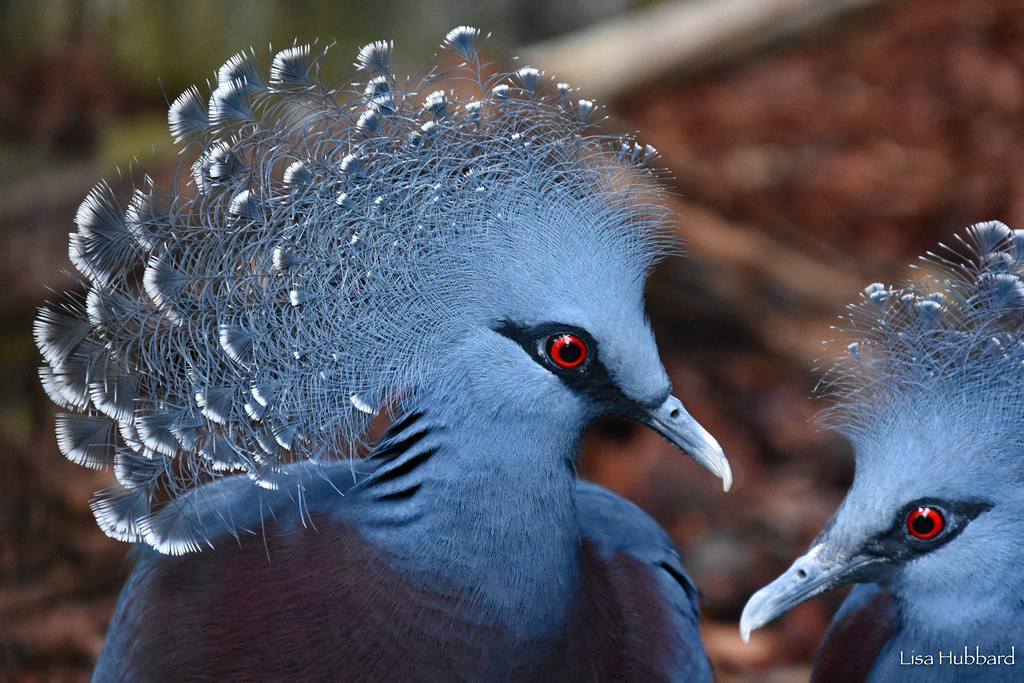Grow the Zoo’s Best Plants for Pollinators in Your Own Yard!
 New Zoo label now available in local garden centers
New Zoo label now available in local garden centers
CINCINNATI (May 2, 2016) –After more than 25 years of trialing plants, the Cincinnati Zoo & Botanical Garden, one of only two accredited botanical gardens in Ohio, knows which plants grow and look best in our region. Each year, the Zoo shares its list of best-performing annuals and perennials. This year, in addition to the traditional “best” lists, the Cincinnati Zoo & Botanical Garden has created a list of plants that most benefit pollinators.
Video: Interview with Thane Maynard and Pollinator Program Manager
Working with local plant growers, the Zoo has introduced the Zoo’s Best Plants for Pollinators branded line of plants that are easy-to-grow, beautiful and pollinator friendly. Available for purchase at more than 25 local garden centers, a portion of the proceeds support the Botanical Gardens at the Zoo. A list of Zoo-tested, grower-approved plants and the retailers selling them is posted on the Zoo’s website.
“The Zoo’s Best Pollinator Program is so amazing and important for our environment. What better way to get kids interested in your garden? What better way to help the pollinators that your local farmers depend on to produce your food? What better way to support your Cincinnati Zoo?” said Jeff Probst, Co-Owner Blooms & Berries Farm Market. “I cannot champion the Zoo’s Best program enough.”
Why plant for pollinators? Butterflies, native bees and other insects pollinate the plants that provide fruits and seeds for wildlife and the regeneration of wild ecosystems. Pollinators are needed in order for gardens and farms to produce fruits and vegetables that make up much of the human population’s diet. Many pollinating insects also prey upon pest insects, thereby creating a more balanced and healthier garden and ecosystem.
Pollinator numbers are falling due to loss of habitat and other pressures. Your yard can provide valuable habitat to help support healthy populations of pollinators.
Make your yard a thriving oasis for pollinators!
- Include Zoo’s Best Plants for Pollinators in your yard to attract and provide for pollinators.
- Prepare your soil to give the best possible home for your plants.
- Limit use of pesticides. Only spray when necessary, seek expert advice, and follow label instructions exactly if you do use them.
- Provide sources of water, such as a birdbath or a water feature.

